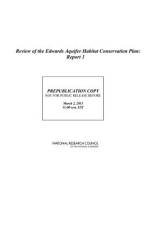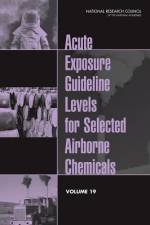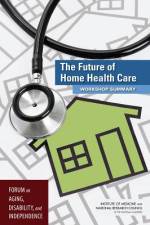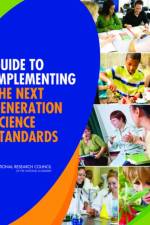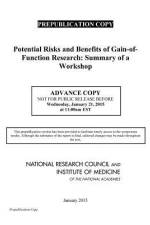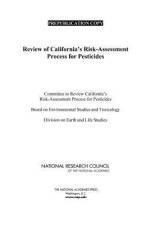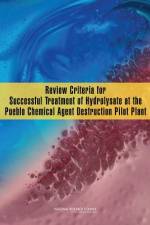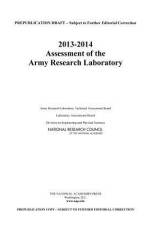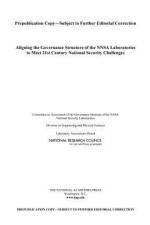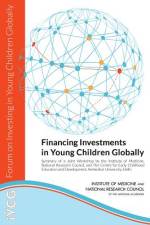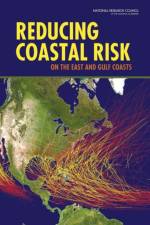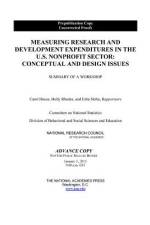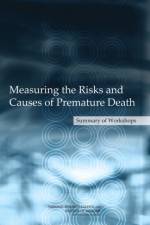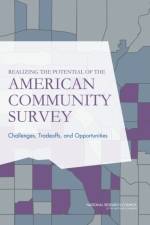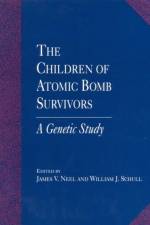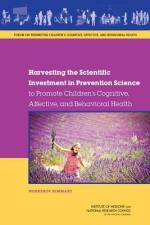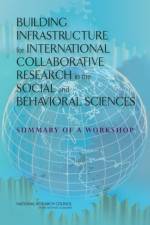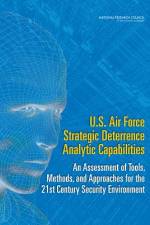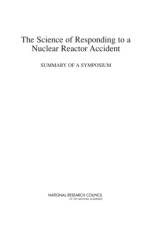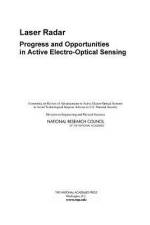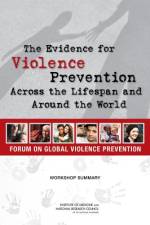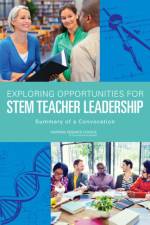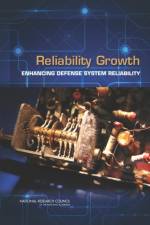av National Research Council
561
"In January 2014, the Board on Children, Youth, and Families of the Institute of Medicine and the National Research Council, in collaboration with the IOM Board on Global Health, launched the Forum on Investing in Young Children Globally. At this meeting, the participants agreed to focus on creating and sustaining, over 3 years, an evidence-driven community of stakeholders that aims to explore existing, new, and innovative science and research from around the world and translate this evidence into sound and strategic investments in policies and practices that will make a difference in the lives of children and their caregivers. Financing Investments in Young Children Globally is the summary of a workshop hosted by the Forum on Investing in Young Children Globally in August 2014. This workshop, on financing investments for young children, brought together stakeholders from such disciplines as social protection, nutrition, education, health, finance, economics, and law and included practitioners, advocates, researchers, and policy makers. Presentations and discussions identified some of the current issues in financing investments across health, education, nutrition, and social protection that aim to improve children's developmental potential. This report explores issues across three broad domains of financing: (1) costs of programs for young children; (2) sources of funding, including public and private investments; and (3) allocation of these investments, including cash transfers, microcredit programs, block grants, and government restructuring."

